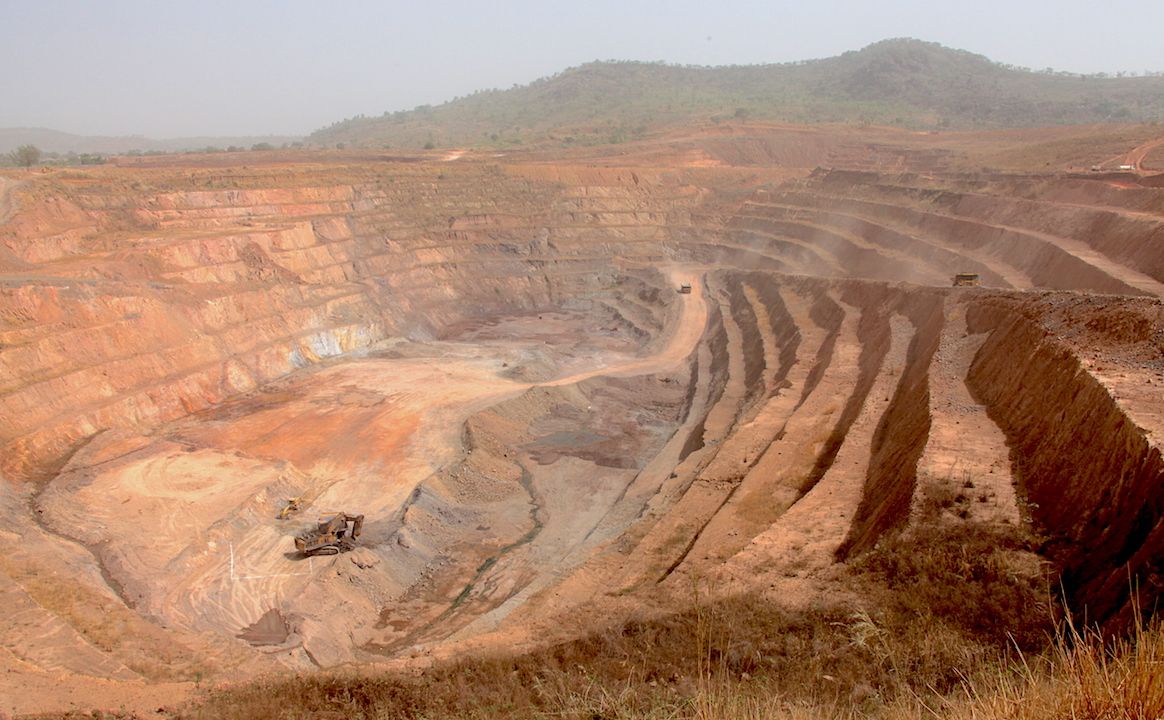Wood Mackenzie says Indonesia export ban points to questions over China’s long-term bauxite supply
China’s Bauxite demand forecast to reach 240 million tonnes by 2030
In light of the Indonesian mineral ore ban that came into force on January 12th 2014, Wood Mackenzie says the aluminium industry – particularly in China – faces a challenge to address a growing shortage of the raw material bauxite, an aluminium ore. It poses a compelling question for China – the world’s largest aluminium producer and consumer – with it’s alumina refinery production forecast to rise by almost 17 million tonnes (Mt) by 2018 and a further 40Mt by 2030. Wood Mackenzie estimates China will need access to an additional 130Mt of bauxite over 2013 levels and expects China to consume as much as 240Mt of bauxite by 2030.
Until now Indonesia was the main supplier of bauxite to China, accounting for around 65% of overall supply in 2013. However, the mineral ore export ban that came into force in January this year, created a significant supply gap for China to fill. Wood Mackenzie believes the ban could be transformative to the global bauxite market in the longer term, but in the short to medium term the impact will be less significant due to swollen stockpiles and source diversification. Julian Kettle, Head of Metals and Mining Research for Wood Mackenzie explains: “China is the main global player in the aluminium market representing between 40% of supply and 60% of demand. Our most recent forecasts indicate that global alumina refinery production will rise to almost 140Mt by 2018, which means we’ll see bauxite demand rise by almost 80Mt to 350Mt. With China’s alumina demand set to increase so sharply, there will be huge implications for bauxite demand. We estimate China will need access to as much as 240Mt of bauxite by 2030 and as it only produced 72Mt domestically in 2013, huge uncertainty remains over the import versus domestic supply mix.”
So where will China now source its bauxite from? Undoubtedly if Indonesia sticks to the ban in the longer term, China will have to look to alternative import sources or develop new mines domestically. However Wood Mackenzie suggests that China has in fact been making moves to diversify supply for some time in preparation for the ban. Carl Firman, Aluminium Analyst for Wood Mackenzie says: “In recent years we’ve seen China sourcing additional quantities of bauxite from a variety of other countries, most notably Australia and India – and while the alternative sources are not supplying huge volumes to China currently, in time they could do.”
Wood Mackenzie believes that China has been actively increasing imports of bauxite since the mineral ore ban was first mooted in 2009. “This is a strategic move by China to ensure it can firstly meet the direct needs of the coastal aluminium refineries it’s built up over the years, but secondly in preparation for the ban coming into force. We estimate that China has accumulated more than a year’s worth of bauxite supply. This works out at about 40Mt, or four-fifths of the entire volume of bauxite exported by Indonesia in 2013,” Mr Firman adds.
Mr Kettle asserts: “Ultimately China’s vast bauxite stock piles mean that in the short-term at least, there won’t be any immediate impact on metal production. This strategic effort on China’s part has ensured the breathing space required to either develop new bauxite mines domestically, or establish new sources of supply through imports.”
Wood Mackenzie suggests one viable option that China is exploring is the utilisation of coal fly ash. “By investing in the development of new technology to extract alumina from the by-product (which occurs when burning coal for power generation) China could significantly reduce its bauxite requirement, but then again if it doesn’t produce enough, it will still have to explore other options,” Mr Kettle adds.
There are plenty of opportunities to develop bauxite production domestically and elsewhere in the world, and Wood Mackenzie suggests that three major basins in Guinea, Australia and Vietnam could more than meet China’s needs, but there are significant challenges to be overcome. Mr Firman cautions: “Is China going to put all of its eggs in three baskets – its history of diversifying supply would suggest otherwise.”
“China does have options, but they come at a price. Developing new bauxite sources in other parts of the world will require significant investment as host governments don’t just want mines – they want added value in the form of refineries and smelters. There are also the high cost hurdles of resource nationalisation, surrounding politics and developing infrastructure that China will have to negotiate in order to establish new trade routes. The big question is, will China look to these alternative sources and significantly increase imports or will it develop its own domestic resources to meet its insatiable demand? One thing that is for sure is that there are lots of opportunities for host governments open for China’s business.” Mr Firman offers in closing.
More News
{{ commodity.name }}
{{ post.title }}
{{ post.date }}



Comments